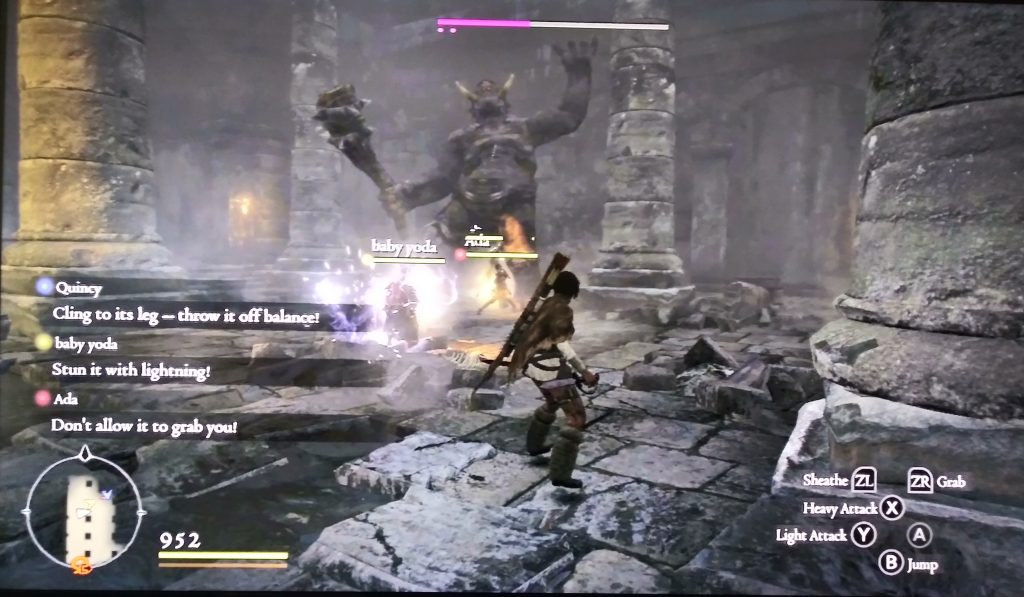She’s brave and bold, of course. This Maid is married, but she only had one night with her husband before he left for the Crusades with Richard. She lives now in the role of daughter-in-law, which is similar to ward. Only in the most technical terms is she a wife. Our Maids are very similar.
Blanchett’s Maid is more physical than de Havilland’s. She’s an archer and a farmer. She knows how to use a dagger if necessary. Let us completely ignore the movie’s climax when Marion pretends to know more physicality than is believable. Until that moment she was a great character, a great iteration of the Maid. I choose to erase that scene from my memory.
This Maid is no Three. She’s not particularly deft at social situations, and she has a sense of failure that swirls around her. I want to say Body Type. Her first instinct, right or wrong, is to engage physically. When her people are locked in the barn, threatened with burning, Marion uses a sword to pry the boards loose and free them. Her answers to most problems involve a physical response.
One, Eight, or Nine? She’s too feisty to be a Nine. Eight is the obvious choice, because Hollywood tends to write strong women characters as Eights. Bold and aggressive are not the same, but using confrontation is a shortcut writing technique to suggest bravery.
I kind of like a One, though. It’s her prickly shyness with Robin that turns me away from an Eight. She has a sharp, witty tongue, particularly with Sir Walter, and a managerial competence that feel very One-ish. It’s interesting!

